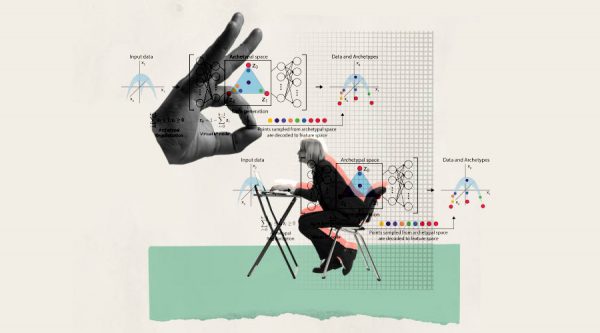A well-known software library for machine learning is Scikit-Learn. It provides several tools for selecting models, preparing data, selecting, and assessing models, and supporting both supervised and unsupervised learning.
The greatest sources for learning Scikit-Learn are listed below.
Bootcamp on Python for Data Science and Machine Learning
You will learn how to leverage Python’s capabilities to analyze data, create visualizations, and employ potent machine-learning algorithms in this course. Both inexperienced and seasoned programmers can benefit from this training.
Scikit-Learn Instructions
The creators of Scikit-Learn created this course, which introduces machine learning using Scikit-Learn. Setting up a problem, providing an example dataset, learning, and making predictions are just a few of the topics covered. Both inexperienced and seasoned pupils can benefit from the lecture.
SKITKIT-LEARN Multiple Linear Regression
You will use Python to create and evaluate various linear regression models during this two-hour project-based session. Afterwards, you will use Seaborn to visualize the data, pandas to process the data, and scikit-learn to calculate the regression.
For practical assignments, this course is offered on Coursera’s Rhyme platform. On Rhyme, you work on practical projects on your computer. You will thus have immediate access to cloud PCs that are already configured with all the data and software you require for the work. The only thing left to do is learn because everything is already configured in your web browser. This entails having immediate access to a cloud desktop that has Python 3.7, Jupyter Notebooks, and all the essential libraries loaded.
Use Scikit-Learn to carry out Sentiment Analysis.
In this project-based course, you will learn the fundamentals of sentiment analysis and build a logistic regression model to categorize movie reviews as favorable or unfavorable. You will also discover how to utilize The Natural Language Toolkit (NLTK) for feature extraction, how to tune model hyperparameters, and how to assess model accuracy, among other things, using Scikit-Learn to build and deploy a logistic regression classifier.
TensorFlow Machine Learning Overview
You will study the fundamental techniques for machine learning in this course, starting with data preparation and supervised model construction. Study deep learning and learning without being observed after that. Use what you have learned at each stage by working on projects and tasks involving coding.
This course is intended for students who are proficient in Python but have not yet studied machine learning.
Python Machine Learning: A Tutorial Using Scikit-Learn
You will study the principles of Python machine learning in this course. You will learn how to use Matplotlib and Principal Component Analysis to analyze your data using Python and its tools (PCA). Also, you will discover how to create an unsupervised model, fit it to your data, predict values, and evaluate it using the KMeans method.
Data Analysis with Python
Using numpy multidimensional arrays, pandas DataFrames, the SciPy library of mathematical functions, and scikit-learn machine learning, this course will show you how to analyze data in Python.
Use Scikit-Learn to forecast sales revenue.
In this two-hour project-based course, you will build and test a straightforward Python linear regression model. Additionally, you will compute linear regression using the Scikit-Learn module and handle and visualize data using Pandas. In this course, you will learn how to create a straightforward linear regression model for exploratory data analysis (EDA) on small data sets using Scikit-Learn, Seaborn, and Pandas.









